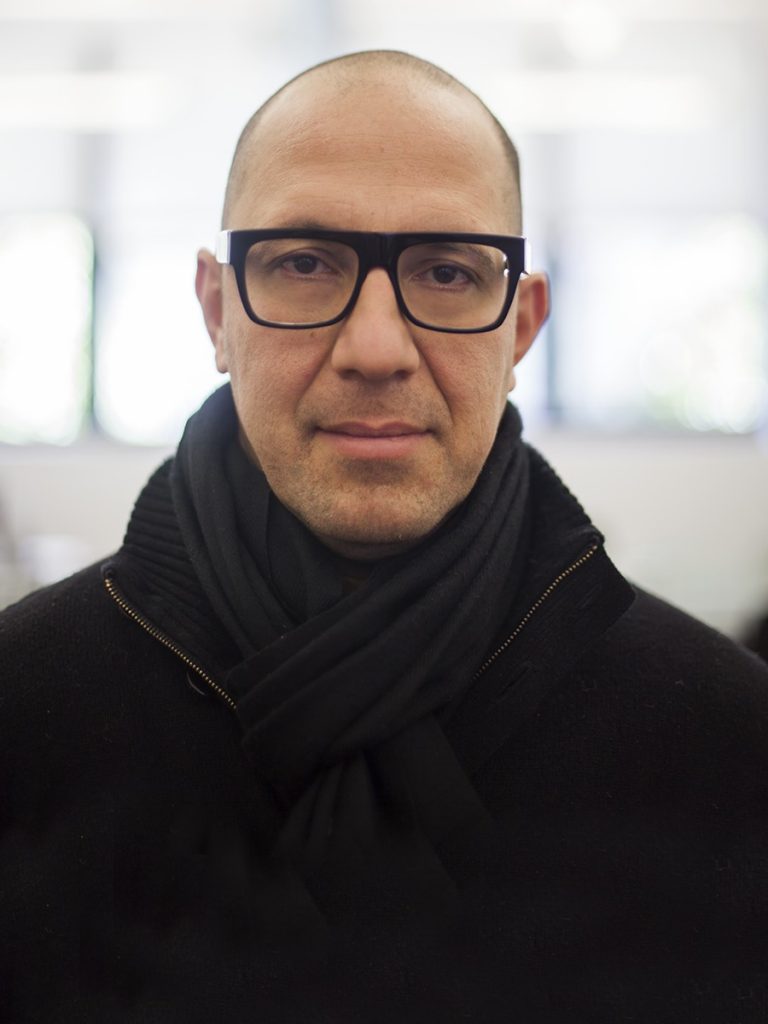
Navid Khonsari.
At the Australian International Documentary Conference, now in its 30th year of bringing together documentary storytellers, interactive designer Navid Khonsari shared secrets about making social-issue gaming work.
Khonsari, an Iranian-Canadian who lives these days in what he calls “Trumpland,” is a veteran designer of Grand Theft Auto (GTA) and other highly commercial games. It was an experience during a visit to family in Iran that made him think of bringing those tools to telling the story of the 1979 revolution in Iran.
A young girl in the village he was visiting told him how liberating playing GTA was. Why? he asked. Because, she explained, she could drive around any city in the U.S. herself, choose the music she wanted, and shop for the fast food of her choice. The conversation evolved into one about what freedom, and democracy, might mean.
“Ninety-five percent of all social issue games fail,” he said, because the makers and the users aren’t in synch. Showing clips from 1979 Revolution: Black Friday, Khonsari shared his tips on bringing the skills and tools of ultra-commercial gaming to verite gaming, and bridging the gap:
- Story first, tech second. ““Storytelling is still storytelling,” he said. “The tools may have changed but the core themes are still there.
- Embrace art and creativity. For his story, one real challenge was how little international audiences and especially Americans know about Iran and its revolution. He grounded the narrative in powerful individual characters, to build empathy.
- Know, love and get feedback from your audience. “In gaming, there is no failure, only iteration—hopefully, with lots of feedback from users,” he said. Put yourself in the gamer’s shoes; would you want to play this?
- Don’t fear entertainment. It’s what makes your audience stay for the social import of what you’re doing. It’s not a compromise, but an aesthetic challenge.
- Build the team. You need all kinds of experts—subject experts, craft experts, great researchers.
- Remember the primary goals. You’re telling people something they’ll believe, you’re making history.
